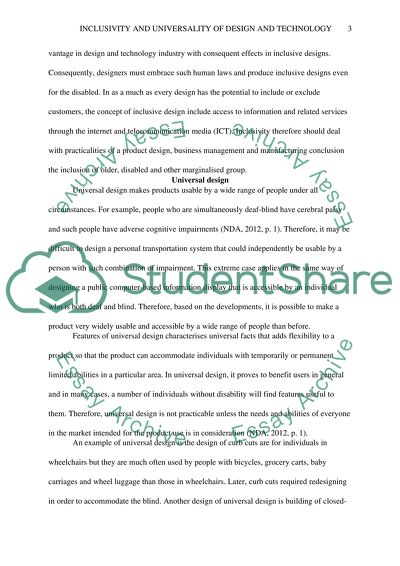Cite this document
(“What is a good design,Is Inclusivity and universality good design Case Study”, n.d.)
What is a good design,Is Inclusivity and universality good design Case Study. Retrieved from https://studentshare.org/design-technology/1696325-what-is-a-good-designis-inclusivity-and-universality-good-design
What is a good design,Is Inclusivity and universality good design Case Study. Retrieved from https://studentshare.org/design-technology/1696325-what-is-a-good-designis-inclusivity-and-universality-good-design
(What Is a Good design,Is Inclusivity and Universality Good Design Case Study)
What Is a Good design,Is Inclusivity and Universality Good Design Case Study. https://studentshare.org/design-technology/1696325-what-is-a-good-designis-inclusivity-and-universality-good-design.
What Is a Good design,Is Inclusivity and Universality Good Design Case Study. https://studentshare.org/design-technology/1696325-what-is-a-good-designis-inclusivity-and-universality-good-design.
“What Is a Good design,Is Inclusivity and Universality Good Design Case Study”, n.d. https://studentshare.org/design-technology/1696325-what-is-a-good-designis-inclusivity-and-universality-good-design.


